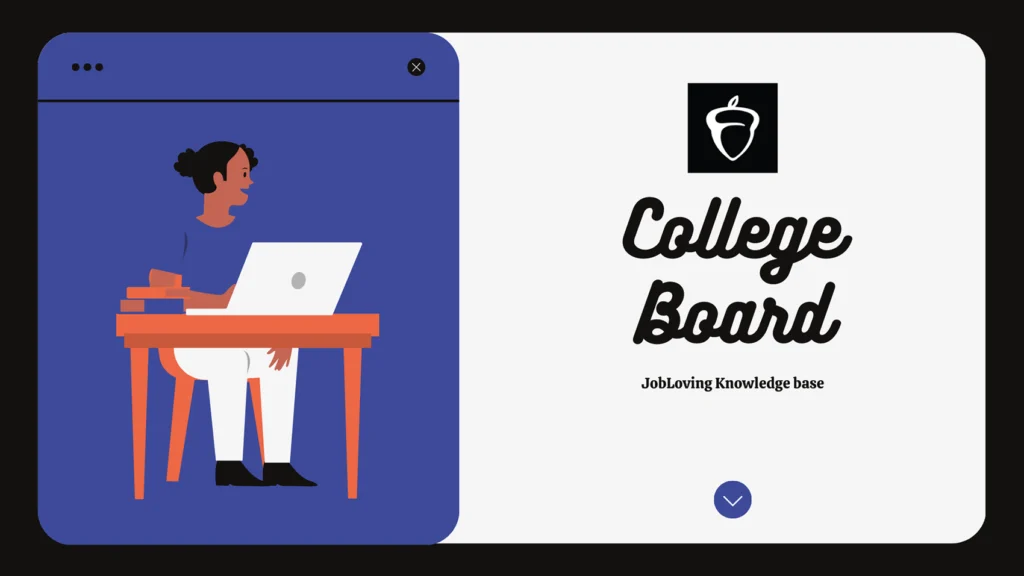Did Brown v. Board of Education Affect College? A Look Beyond the Headlines
You’re probably thinking, “Wait, Brown v. Board was about schools, right? What does it have to do with college?” And you’d be right to be a little perplexed. Brown v. Board of Education, that landmark Supreme Court case that declared segregation in public schools unconstitutional, was a huge deal for K-12 education, but what about higher education? Did it really change the college experience for everyone, or was it just a bunch of legal jargon that didn’t really impact the average student?
Let’s dive into the fascinating and sometimes messy history of Brown v. Board and how it continues to ripple through higher education today.
The “Separate But Equal” Illusion: A Tale of Two Systems
Before Brown v. Board, “separate but equal” was the law of the land. This meant that states could legally segregate Black and white students into different schools, supposedly providing equal education. But, as history has shown, “separate” rarely meant “equal.” Black schools were often underfunded, lacked adequate resources, and received less attention compared to their white counterparts.
But what about college? Well, the “separate but equal” concept extended to higher education too. Think of it this way: Imagine a world where Black students couldn’t even dream of attending prestigious universities like Harvard or Yale. That’s kind of the reality they faced before Brown v. Board, even if the language of segregation wasn’t always as straightforward.
The NAACP: Paving the Way for a More Inclusive Future
Enter the NAACP (National Association for the Advancement of Colored People). They were like the legal superheroes of the civil rights movement, fighting tooth and nail against racial discrimination in all its forms. In the years leading up to Brown v. Board, they were relentless in their pursuit of equality in higher education.
One of their major successes was the case of McLaurin v. Oklahoma State Regents for Higher Education (1950). In this case, George McLaurin, a Black man, was admitted to the University of Oklahoma’s graduate program but was forced to attend classes in segregated areas. He was denied access to school facilities and social interactions with white students. The Supreme Court ruled that such segregation was unconstitutional, paving the way for greater access to higher education for Black students.
Brown v. Board’s Impact: A Ripple Effect
Brown v. Board was a pivotal moment. It didn’t just end segregation in public schools, it also had a ripple effect that transformed higher education. The Supreme Court’s decision, while focusing on K-12, sent a powerful message about the unconstitutionality of racial discrimination in education. This opened the doors for Black students to pursue higher education in a way that was previously unimaginable.
The Long, Winding Road: Challenges and Progress
It’s important to acknowledge that Brown v. Board wasn’t a magic wand that instantly solved all problems. The road to desegregation in colleges and universities was long and challenging. In the South, in particular, resistance to integration was fierce. There were court battles, protests, and even violence.
But, despite the roadblocks, there was progress. The Civil Rights Act of 1964, signed by President Lyndon B. Johnson, outlawed discrimination based on race, color, religion, sex, or national origin. This act strengthened the legal foundation for desegregation in higher education.
Beyond the Courtroom: Changing the Landscape
Brown v. Board wasn’t just about changing laws; it was about changing hearts and minds. It sparked a national dialogue about racial equality and sparked a movement that challenged the status quo.
College campuses became important battlegrounds for social change. Student activism, protests, and sit-ins pushed for greater diversity and inclusion. These movements, fueled by the legacy of Brown v. Board, helped to dismantle discriminatory policies and create a more welcoming environment for students of all backgrounds.
The Legacy of Brown v. Board: Still Relevant Today
Even though Brown v. Board was decided over 60 years ago, its impact is still felt today. It’s true that the college landscape is vastly different than it was before the decision. But the fight for true equality in higher education continues.
Here are some key takeaways:
- Increased Access: Brown v. Board paved the way for greater access to higher education for Black students. This opened up opportunities that were previously denied, allowing Black students to pursue their dreams and contribute to society in new ways.
- A More Diverse Landscape: Today, college campuses are more diverse than ever before. This is a direct result of the efforts of the civil rights movement and the legacy of Brown v. Board.
- The Fight Continues: Despite progress, challenges remain. Racial disparities in access to quality education, financial aid, and opportunities still exist. These issues require continued attention and effort to ensure true equality for all students.
Brown v. Board’s Impact on College: Beyond the Headlines
Brown v. Board continues to be a source of inspiration. It reminds us that progress is possible, but it also reminds us that the fight for equality is an ongoing process. It’s a reminder that we still have work to do to ensure that all students, regardless of race or background, have access to the same opportunities and resources in higher education.
So, the next time you hear someone ask, “Did Brown v. Board affect college?” Remember the story. It’s a story about progress, resilience, and the ongoing fight for a more just and equitable world.
Need further help, answers, or research resources about Brown v. Board’s impact on college? Connect with us at JobLoving, your community for learning and growth!

